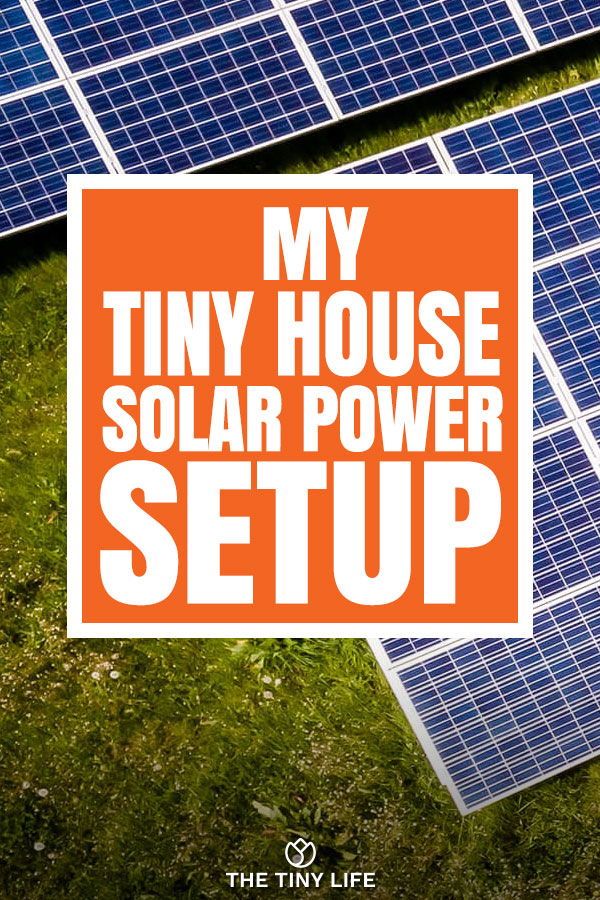How To Run My House On Solar Power

Photovoltaic pv uses silicon to convert light to electricity.
How to run my house on solar power. This is why i decided to park my tiny house under the trees for shade and run my solar panels in the wide open field. At least there s already a light to guide you along the way. As far as a house is concerned there are three ways to do that. It s much more feasible to design a new house to be net zero but if you re retrofitting an existing home it can get seriously expensive to add enough insulation and upgrade your heating system to make your home efficient enough to power it completely with solar.
Solar thermal which uses sunlight to directly provide heat and solar photovoltaic which turns sunlight into electricity that can be used to power your heating system. A 3kw solar system which consists of 12 panels can produce an average of 4 200 kwh per year. Basically there are two types of solar technologies you can use to heat your home. Planning to run your house completely on solar power requires considerable financial mental and emotional investments.
If your goal is to run your home on solar power only you may have to give a few appliances up to conserve energy. Assuming you are going to choose standard efficiency solar panels here are the most common sizes for residential solar systems and their kwh production potential to give you an idea of how many panels you would need to run a house. You can assume the sun gives 1000 watts per square meter with a solar. The typical homeowner will need 28 34 solar panels to cover 100 of their energy usage dependent on location and roof size.
What if you wanted to run your house completely off grid with solar panels and batteries. Nonetheless surely it should be possible to run a new home entirely on solar power. Solar energy arrives here in the form of light and heat. While these methods help and should be employed of course chances are you ll still need to rely on a solar powered air conditioner system to get through the hottest days.
You can assess how much energy your home is using now and then make adjustments to use your solar energy as efficiently as possible in the future. The infrastructure is a little more complicated the calculations must be more precise and a mistake can leave you without enough juice to get by. To get these numbers we used high and low panel production ratios to calculate how many solar panels are needed on average.
















































